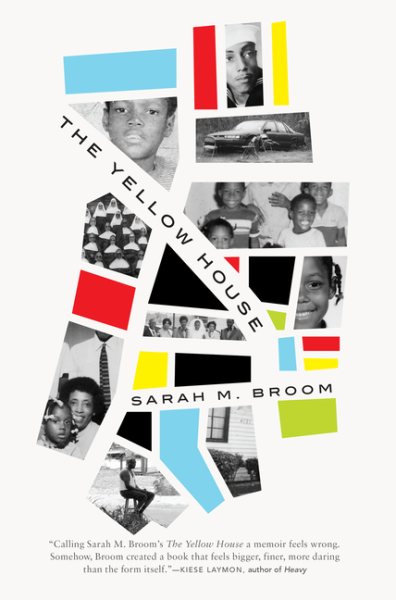By Emily Gatlin. Special to the Clarion-Ledger Sunday print edition (November 24)
 Childhood homes are harbors of our rearing, keepers of our secrets and reflections of our parents. It’s our first understanding of what “home” actually means, and the way it always pulls us back.
Childhood homes are harbors of our rearing, keepers of our secrets and reflections of our parents. It’s our first understanding of what “home” actually means, and the way it always pulls us back.
Memories made there supersede the physical house itself. We don’t remember the stains on our bedroom carpet, but we know that our feet were warm when we rolled out of bed to get ready for school. The walls were filled with tokens of what we loved, be it a watercolor painting or old family portraits. We don’t remember what the upholstery looked like on the formal dining room chairs, just that on holidays, we gathered as a family and laughed along with stories of our shared history. Often, our parents upsized, downsized, separated, became snowbirds or passed on, but we can still drive by our homes and be filled with warmth and gratitude.
Sarah M. Broom’s memoir The Yellow House takes us on a journey of her life through her New Orleans East home, which was purchased by her mother Ivory Mae in 1961. As a young mother and widow, Ivory Mae invested her entire life savings at nineteen years old to purchase the shotgun house, in what was a promising up-and-coming area of New Orleans, and home to a major NASA plant during the height of the space boom.
Ivory Mae was optimistic about her investment and when she married her second husband Simon Broom, Sarah’s father, they forged their family together through constant home renovations and family additions—twelve children in all—until Simon died when Sarah was only six months old. Ivory Mae’s thirteenth child, the half-finished yellow house, was left in mild disrepair after Simon’s death, but it didn’t really matter. The family held together tightly, and sent each of the twelve children out into the world to find their own way.
Broom left the crumbling home and New Orleans after graduating from high school, but found herself continuously drawn back to the yellow house after career shifts and general twenty-something malaise until ultimately, it was destroyed after Hurricane Katrina in 2005. She decided to come back to do what she could for her beloved city and other residents in her former neighborhood, becoming a frustrated speechwriter for embattled Mayor Ray Nagin, while getting to know a different side of New Orleans. She did not win many friends that go around.
Recently winning the the National Book Award for nonfiction, The Yellow House is a love letter to Broom’s family, while at the same time a reckoning of politics, race, and class in New Orleans as it deals with the disparity between New Orleans East, which was all but wiped off the map by Katrina, and the more luscious and populated tourist centers of the city.
Broom’s writing is masterful and unflinching, cuts deep to the bone, while being affable and full of love for her native city. She conjures the spirit of New Orleans in a way that only someone who came from its soil can, shining a light on its lesser-known, but always visible residents. They are the ones who fled to the Superdome, cut themselves out of their attics, and remained in New Orleans to try and reclaim their lives any way they could.
While heartbreaking at times, The Yellow House is a necessary read in the fact that it’s a unique firsthand, well-researched exploration of inequality, the American experience, place and identity, and a true definition of family. Broom proves once and for all that you really can go home again.
Emily Gatlin is the Digital Editor of WONDERLUST and the author of The Unknown Hendrix and 101 Greatest American Rock Songs and the Stories Behind Them. She lives in Oxford.
Lemuria selected The Yellow House as its September 2019 selection for its First Editions Club for Nonfiction. Signed first editions are available in our online store, and regular hardback editions are available in our physical store.


Comments are closed.